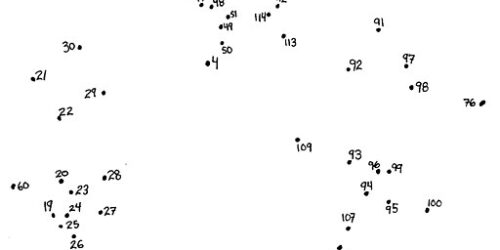
Josh Peressotti and Ryanne Spies Co-Construct Student Learning Through Industry Software Demonstrations
Ryanne Spies has taught at Conestoga full-time since 2013, and for a number of years as a part-time/sessional professor. Prior to teaching, she worked as a graphic designer in lead roles for international organizations. She holds an MFA in Media and Design and an RGD professional designation. Ryanne teaches in Conestoga’s Bachelor of Design program in the School of Creative Industries.
Josh Peressotti has taught at Conestoga full-time since 2017, and taught part-time several years prior at OCAD University, University of Waterloo, and Fanshawe College. He has also worked professionally as an artist and designer and has exhibited work internationally. Josh is a Professor in Conestoga’s Bachelor of Design program and is also the Program Coordinator.
Introduction to Teaching in Conestoga’s Bachelor of Design
To best prepare students for success as designers, professors Josh Perrossoti and Ryanne Spies of Conestoga’s four-year Bachelor of Design engage students through peer-to-peer feedback, classroom collaboration, and live demonstrations of industry-standard software.
Throughout most of the program, students use the software frequently in assessments, so they rely on their professors to show them the techniques and features they need to practice.
Live Demonstrations of Design Software as Collaborative Workshops
“We want to start everyone at the same level when learning new software,” said Josh. “In our studio courses, we hold live demonstrations of how software works and what features students should use. We show them the interface and how to set up their workspace, and then lead into a progressive tutorial of the tools they’ll use in class.”
For example, if Josh assigns a logo project to his students, he’ll guide them through using Adobe Illustrator so students can use it comfortably. Students will start by learning to create basic shapes and advance to more complex forms and textures.

Josh teaches Visual Design I, Visual Design II, History of Graphic Design I and II, and Studio III and IV courses. Ryanne Spies teaches Studio I, II, V, VI, Type I, andfourth-year Thesis I in the Bachelor of Design.
When introducing students to a concept, Josh and Ryanne bring in various ways for students to absorb the content of a demonstration. “We gauge the learning preferences of our students every semester, which is normally visual and kinesthetic,” said Ryanne. “We also engage students in collaborative exercises, so they learn new software and concepts together, which is a key skill in the design industry.”
Peer-to-Peer Feedback on Summative Assessments
Except for research courses delivered by the School of Business, most Bachelor of Design courses have no quizzes, tests or exams; instead, the focus is on developing design projects from concept to completion. “These are large projects students will find themselves creating as professional designers,” said Ryanne. “We give opportunities for students to think critically about the entire creative process to get to the result.”
Josh and Ryanne offer one-on-one coaching for students, so they clearly understand how to approach a design project. They also facilitate peer-to-peer feedback where students critique each other and then rotate to different groups so everyone has multiple viewpoints.
“We have students give feedback mainly on the technical aspects and overall conception of each other’s projects. It’s important to focus on particular things for students to improve on,” said Josh. “Critical feedback helps students to develop something stronger as they work on projects. At first, students do a cold read where they provide verbal or written feedback based on their first reaction.”
Both professors’ advice to faculty is to provide meaningful opportunities for students to practice course content in class with faculty guidance, especially when teaching courses with a lot of practical applications and less theory. As much as possible, have students collaborate and learn new material together while giving each other constructive feedback early in the assessment process. Students are more encouraged to perform their best work.







